Top 9 Rock Festivals
This week Classic Rock Review joins the celebration of the 45th Anniversary of the historic 1969 Woodstock Music Festival. In conjunction with Top 9 Lists, we present a list of the Top 9 […]

This week Classic Rock Review joins the celebration of the 45th Anniversary of the historic 1969 Woodstock Music Festival. In conjunction with Top 9 Lists, we present a list of the Top 9 […]
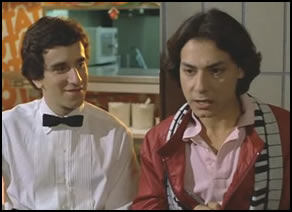
The movie soundtrack has become a great source for discovering music. Many dramatic scenes are fully augmented by appropriate audio, which in turn drives sales of the songs themselves. It is a nice […]
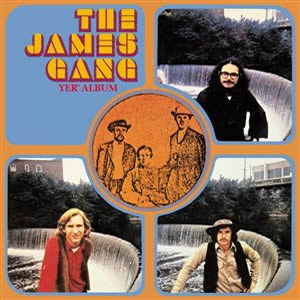
Buy Yer Album Yer’ Album is the debut album by James Gang, displays this power trio’s genius and raw power through the compositions but also shows their lack of recording experience due to […]
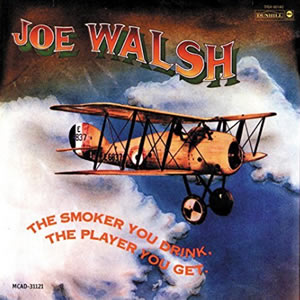
Buy The Smoker You Drink, the Player You Get The second of two albums featuring singer-songwriter and multi-instrumentalist Joe Walsh with his backup group Barnstorm, The Smoker You Drink, the Player You Get […]

Buy The Long Run The Eagles completed their torrent through the seventies with 1979’s The Long Run, the studio album which closed the decade as the number one album in the USA. This diverse album […]
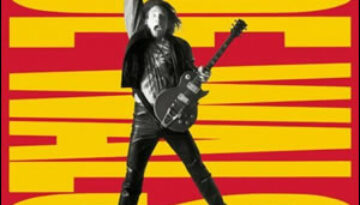
Buy Ordinary Average Guy Joe Walsh‘s long solo career was beginning to wind down by the early nineties, in part due to a decades long “party” which was starting to take its toll […]
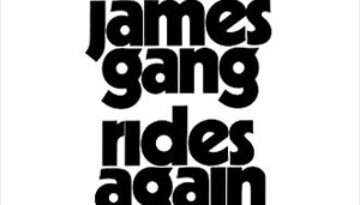
Buy James Gang Rides Again The James Gang reached the peak of their relatively short time together with front man Joe Walsh with their sophomore album James Gang Rides Again in the summer […]
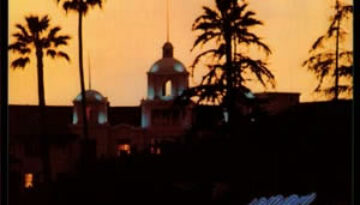
Buy Hotel California Whether it was done intentionally or not, Hotel California came pretty close to being a true concept album by The Eagles. The songs each loosely share the themes of paradise […]
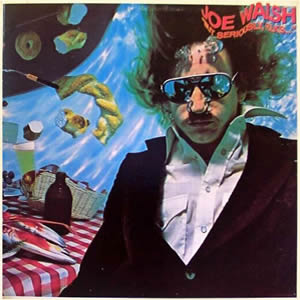
Buy But Seriously Folks Joe Walsh found his greatest solo success with But Seriously, Folks in 1978, although “solo” is used loosely here. The versatile rocker did have help from all four members […]